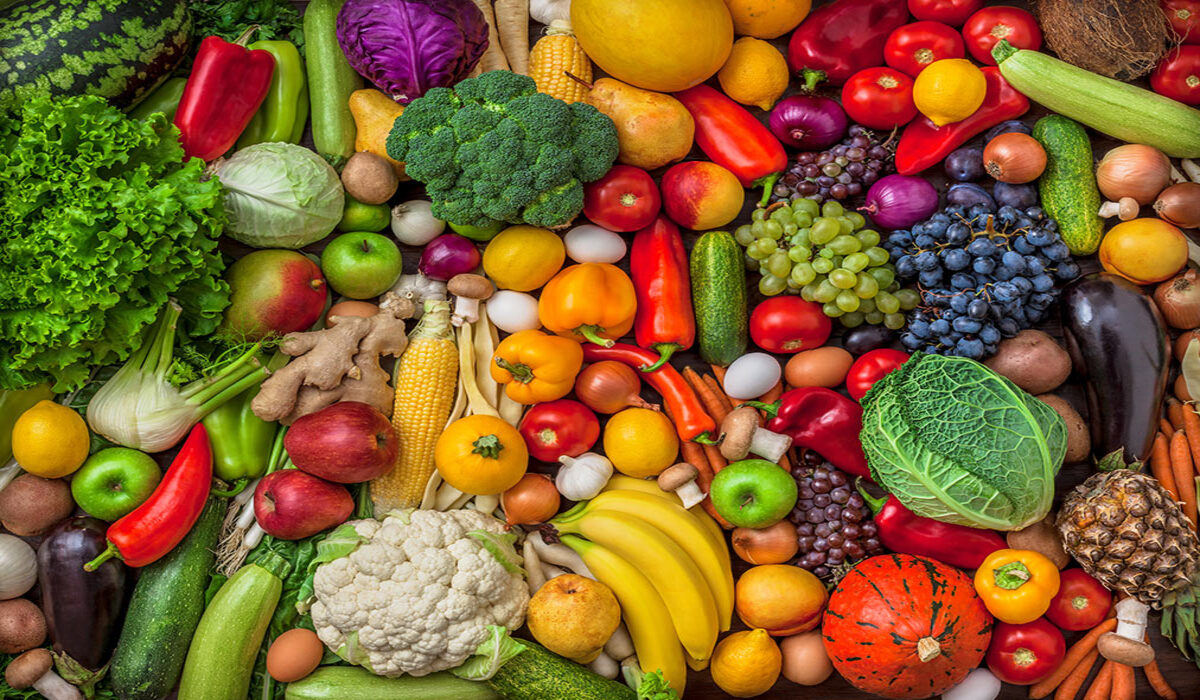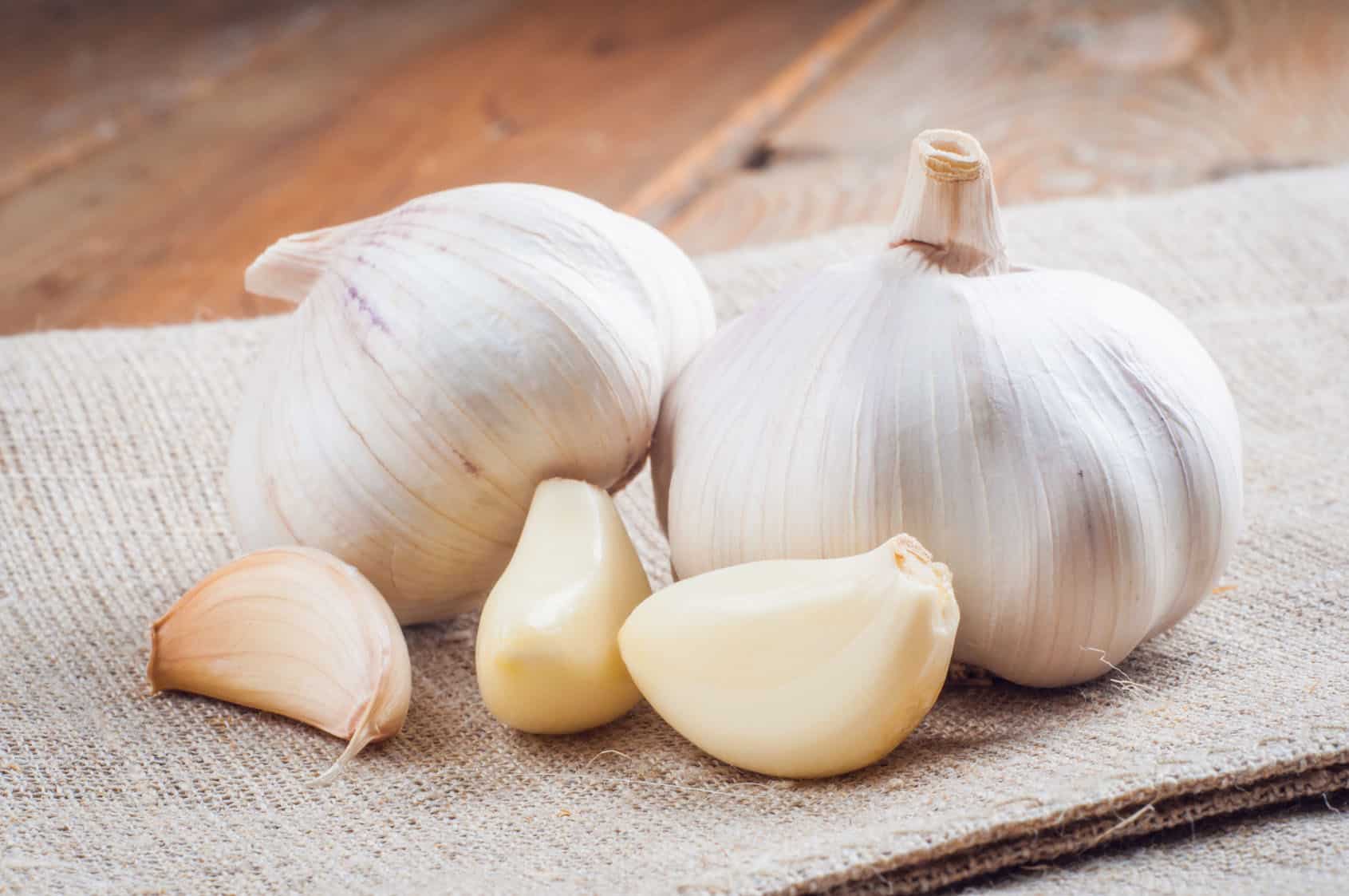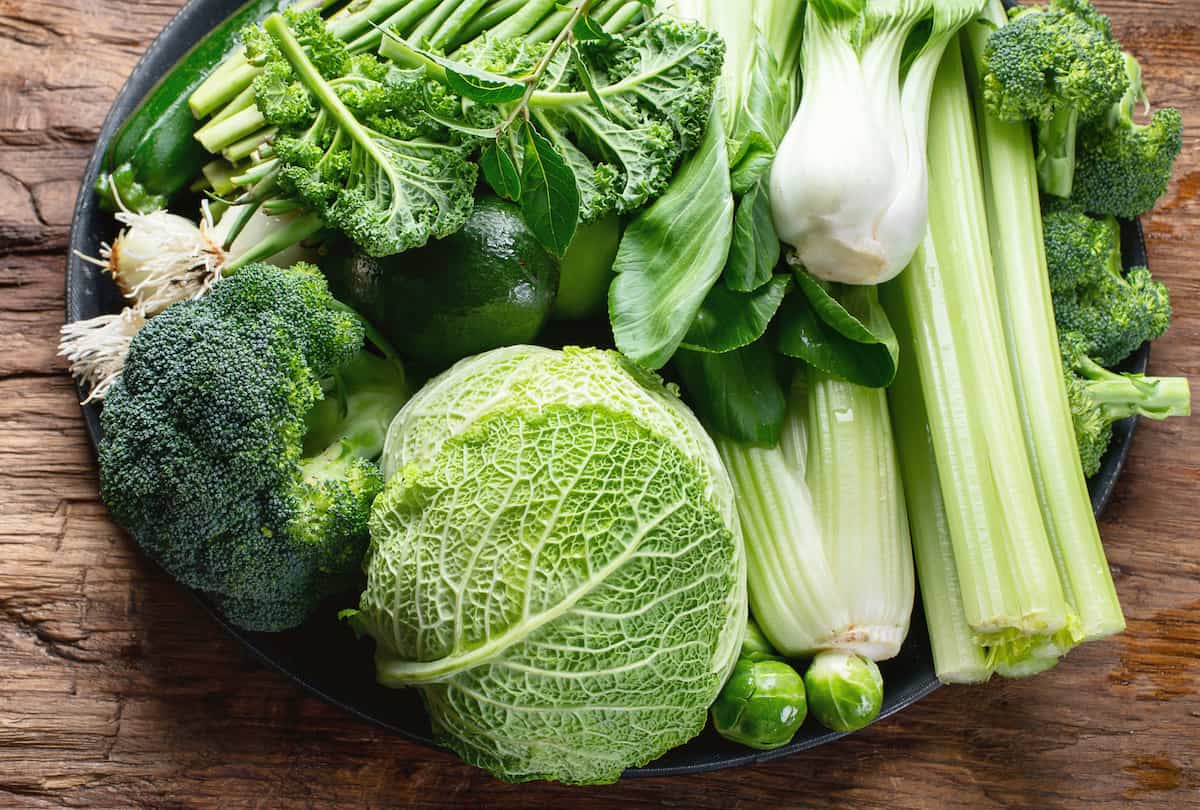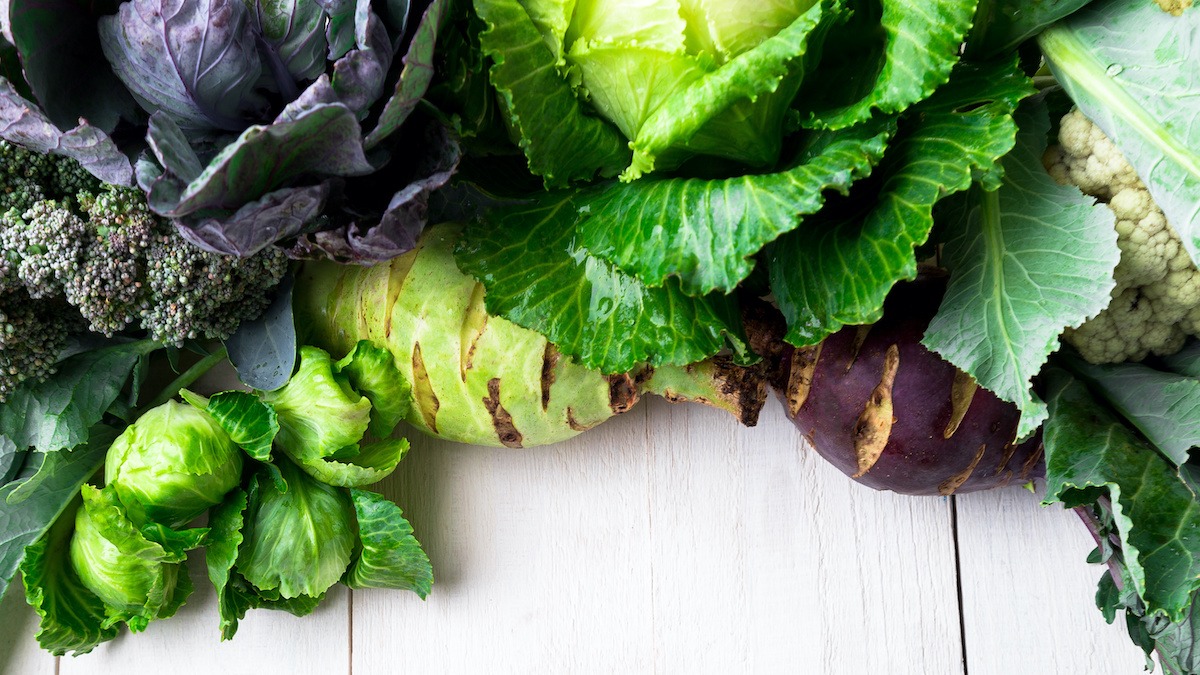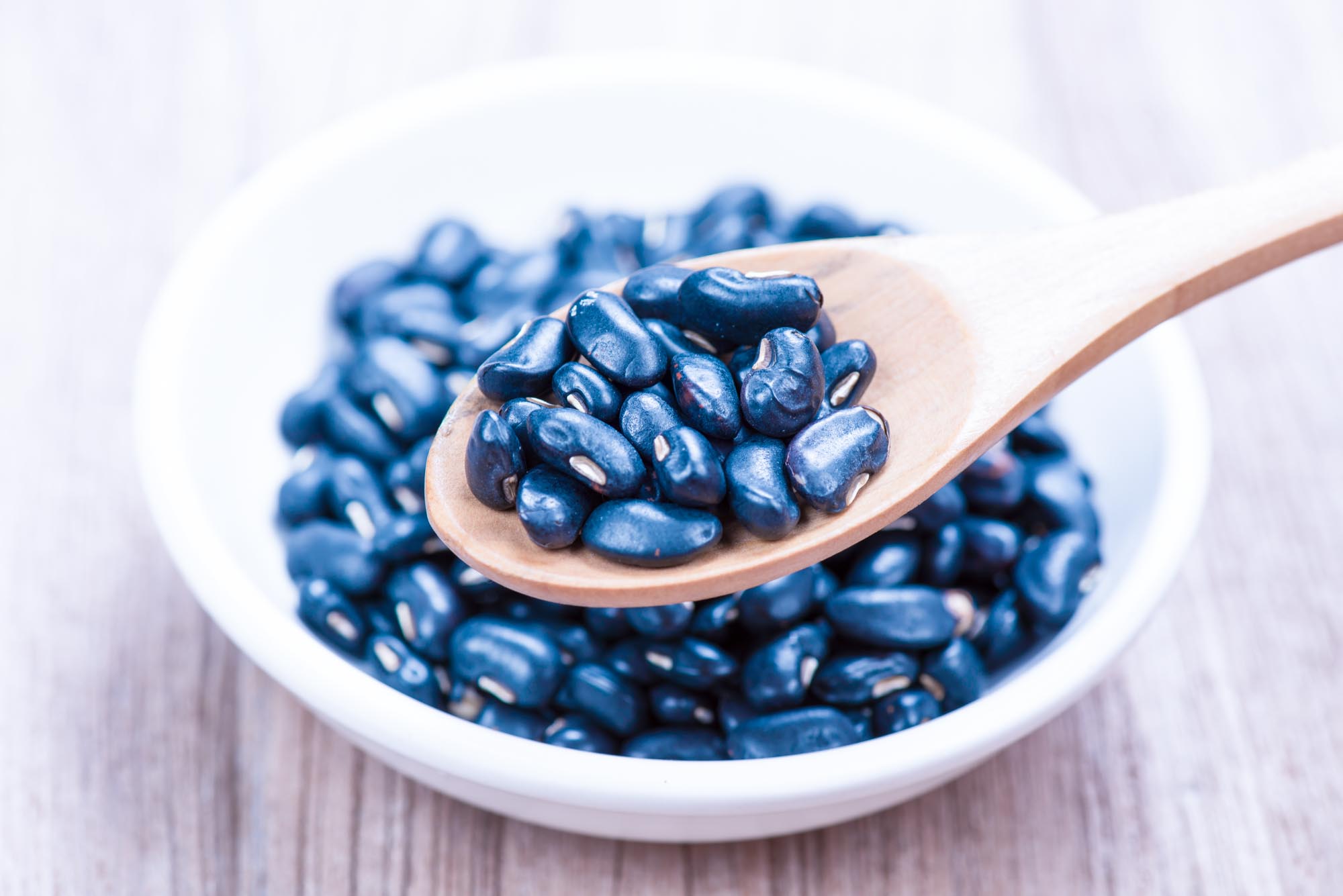Home>Gardening News and Trends>Latest News>What Vegetables Are Low FODMAP
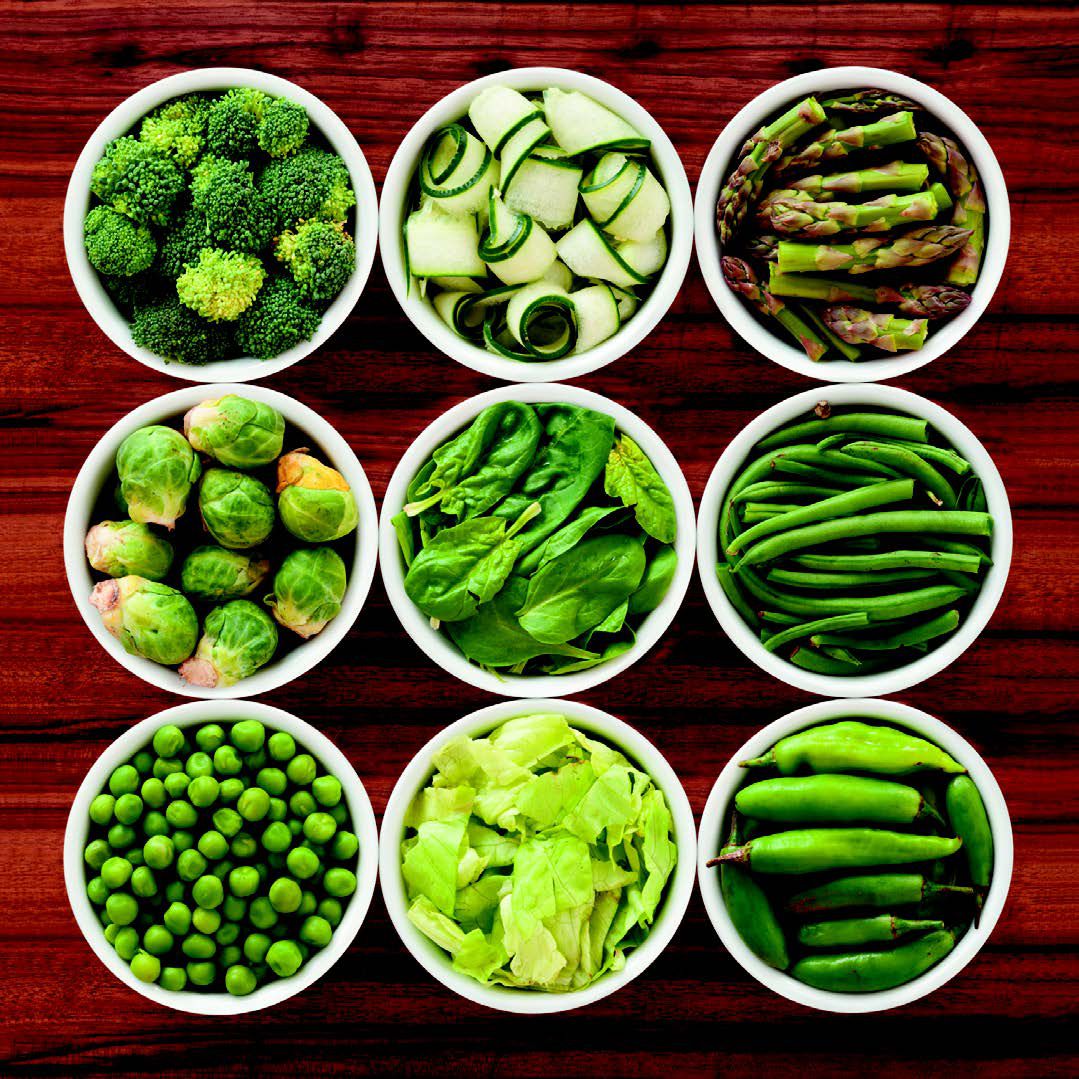

Latest News
What Vegetables Are Low FODMAP
Modified: January 22, 2024
Discover the latest news on low FODMAP vegetables, including which ones are safe to eat for those with dietary restrictions. Stay informed and make healthier choices.
(Many of the links in this article redirect to a specific reviewed product. Your purchase of these products through affiliate links helps to generate commission for Chicagolandgardening.com, at no extra cost. Learn more)
Table of Contents
Introduction
Welcome to our comprehensive guide on low FODMAP vegetables! If you suffer from digestive issues such as irritable bowel syndrome (IBS), you may have come across the term “FODMAP” in your search for relief. FODMAPs, which stands for Fermentable Oligosaccharides, Disaccharides, Monosaccharides, and Polyols, are a group of carbohydrates that can be difficult to digest for some individuals.
The low FODMAP diet is a dietary approach that has gained popularity in recent years for managing digestive symptoms. This diet involves avoiding foods high in FODMAPs, including certain fruits, grains, and vegetables, in order to minimize gastrointestinal distress. While it may sound restrictive, there are still plenty of delicious and nutritious options available, especially when it comes to low FODMAP vegetables.
In this article, we will explore what the low FODMAP diet is all about and why low FODMAP vegetables are important. We will also provide you with a comprehensive list of low FODMAP vegetables and some tips on how to incorporate them into your diet. So, if you’re ready to discover a wide variety of delicious vegetable options that won’t aggravate your digestive issues, let’s dive in!
What is the Low FODMAP Diet?
The low FODMAP diet is a therapeutic approach designed to help alleviate digestive symptoms for individuals with conditions such as irritable bowel syndrome (IBS) and other gastrointestinal disorders. FODMAPs are a group of fermentable carbohydrates that can be poorly absorbed in the small intestine, leading to symptoms such as bloating, gas, abdominal pain, and altered bowel movements.
The acronym FODMAP stands for Fermentable Oligosaccharides, Disaccharides, Monosaccharides, and Polyols. These carbohydrates can draw water into the intestine and are rapidly fermented by gut bacteria, resulting in the production of gas and the onset of uncomfortable symptoms.
The low FODMAP diet involves reducing or eliminating foods that are high in FODMAPs for a specific period of time, typically two to six weeks. The goal is to provide symptomatic relief by minimizing the intake of these troublesome carbohydrates. After this elimination phase, foods are gradually reintroduced in a systematic manner to identify which specific FODMAPs trigger symptoms for each individual.
It is important to note that the low FODMAP diet should be followed under the guidance of a registered dietitian or healthcare professional who is knowledgeable in this area. They can provide personalized guidance and ensure that you are meeting your nutritional needs while following the diet.
Following the low FODMAP diet requires careful attention to food choices and ingredient labels, as many commonly consumed foods contain FODMAPs. It is also important to note that the low FODMAP diet is not a long-term or permanent eating plan. Once trigger foods have been identified, individuals can modify their diets to meet their specific needs and preferences while minimizing symptoms.
Next, we will discuss the benefits of the low FODMAP diet for individuals with digestive issues and how it can improve their quality of life.
Benefits of the Low FODMAP Diet for Individuals with Digestive Issues
The low FODMAP diet has shown promising results in providing relief for individuals with digestive issues, particularly those with irritable bowel syndrome (IBS). Here are some of the key benefits of following a low FODMAP diet:
- Reduced gastrointestinal symptoms: One of the primary aims of the low FODMAP diet is to alleviate symptoms such as bloating, gas, abdominal pain, and diarrhea or constipation. By reducing the intake of FODMAPs, individuals often experience a significant reduction in these uncomfortable digestive symptoms.
- Improved quality of life: Digestive issues can have a profound impact on an individual’s quality of life, affecting their daily activities, work, and social interactions. By successfully managing their symptoms through the low FODMAP diet, individuals often experience an improvement in their overall well-being and can engage more fully in their day-to-day lives.
- Individualized approach: The low FODMAP diet is highly individualized, allowing individuals to identify their specific trigger foods and modify their diets accordingly. This personalized approach empowers individuals to take control of their symptoms and make informed decisions about their food choices.
- Flexibility and variety: While the low FODMAP diet involves temporarily eliminating certain high FODMAP foods, there is still a wide variety of low FODMAP options available. This includes a diverse range of vegetables, fruits, grains, proteins, and dairy alternatives. With the guidance of a registered dietitian, individuals can create delicious and nutritious meals without feeling restricted.
- Improved gut health: The low FODMAP diet can provide benefits beyond symptom management. By reducing the intake of high FODMAP foods, individuals may experience improvements in their gut health, including a healthier gut microbiome and reduced gut inflammation.
It is important to remember that the low FODMAP diet is not a one-size-fits-all solution. Each individual may have different trigger foods and varying levels of tolerance to FODMAPs. Therefore, it is crucial to work with a healthcare professional or registered dietitian to receive personalized guidance throughout the low FODMAP journey.
Next, we will dive into a deeper understanding of FODMAPs and why low FODMAP vegetables play a significant role in this dietary approach.
Understanding FODMAPs
In order to fully grasp the importance of low FODMAP vegetables in the diet, it’s essential to understand what FODMAPs are and how they can affect our digestive system.
FODMAPs are a diverse group of carbohydrates that are found in a variety of foods. The acronym FODMAP stands for Fermentable Oligosaccharides, Disaccharides, Monosaccharides, and Polyols. These carbohydrates are known to draw water into the intestine and are rapidly fermented by gut bacteria, leading to the production of gas and other digestive symptoms.
Let’s break down each component of the FODMAP acronym:
- Fermentable: FODMAPs are fermentable, meaning they can be broken down by bacteria in the gut through a process called fermentation. This fermentation process can result in the production of gas and other byproducts, leading to digestive symptoms.
- Oligosaccharides: Oligosaccharides refer to a group of carbohydrates made up of a small number of sugar molecules joined together. The two main types of oligosaccharides that are considered FODMAPs are fructans and galacto-oligosaccharides (GOS). Examples of foods high in fructans include wheat, rye, onions, and garlic, while GOS can be found in legumes and certain beans.
- Disaccharides: Disaccharides are carbohydrates made up of two sugar molecules. The most well-known disaccharide is lactose, found in dairy products. Lactose intolerance, which occurs when the body cannot effectively digest and absorb lactose, is a common condition associated with digestive symptoms.
- Monosaccharides: Monosaccharides are single sugar molecules. The monosaccharide found in FODMAPs is fructose, which is naturally present in fruits and honey. Some individuals have difficulty absorbing excess fructose, leading to digestive symptoms.
- Polyols: Polyols, also known as sugar alcohols, are carbohydrates that have a similar structure to both sugars and alcohols. Examples of polyols include sorbitol and mannitol, which are commonly found in certain fruits (such as apples and pears) and sweeteners (such as xylitol and maltitol). Polyols are known to have a laxative effect and can contribute to digestive symptoms.
It’s important to note that not all carbohydrates are FODMAPs. Many well-tolerated carbohydrates, such as glucose and sucrose, do not fall into the FODMAP category and can be consumed without concern for triggering digestive symptoms.
By understanding the components and effects of FODMAPs, individuals can make informed decisions about their food choices and tailor their diets to manage their digestive symptoms. Next, we will explore why low FODMAP vegetables are particularly important in the context of the low FODMAP diet.
Why are Low FODMAP Vegetables Important?
Low FODMAP vegetables play a crucial role in the low FODMAP diet for several reasons. Here’s why they are important:
- Nutrient-rich options: Vegetables are a fantastic source of essential vitamins, minerals, and dietary fiber. By incorporating low FODMAP vegetables into your diet, you can ensure that you are receiving a wide range of nutrients necessary for overall health and well-being. Nutrient-rich options include spinach, bell peppers, zucchini, carrots, and green beans.
- Digestive-friendly: While some high FODMAP vegetables can trigger digestive symptoms, low FODMAP vegetables are generally well-tolerated by individuals following the low FODMAP diet. They are less likely to cause discomfort such as bloating, gas, and abdominal pain. This allows individuals to enjoy a variety of vegetables without exacerbating their digestive issues.
- Fiber content: Many low FODMAP vegetables are excellent sources of fiber, which is important for maintaining regular bowel movements and supporting gut health. Although certain high FODMAP vegetables can be problematic for individuals with sensitive digestive systems, low FODMAP options such as lettuce, cucumber, and tomato can contribute to a fiber-rich diet without causing discomfort.
- Variety and versatility: Low FODMAP vegetables offer a wide range of options to choose from, allowing individuals to create diverse and flavorful meals. Whether it’s stir-fries, salads, soups, or roasted vegetables, there are countless ways to incorporate low FODMAP vegetables into your recipes, ensuring a well-rounded and satisfying diet.
- Balancing your plate: Including a variety of low FODMAP vegetables on your plate can help create a balanced meal. Vegetables provide essential nutrients, along with complex carbohydrates and fiber, which can help regulate blood sugar levels and promote satiety. They can also add color, texture, and flavor to your meals, making them more enjoyable and satisfying overall.
Low FODMAP vegetables are a valuable and important component of the low FODMAP diet. They offer a range of nutritional benefits, are well-tolerated by individuals with digestive issues, and provide countless options for creating delicious and satisfying meals. By incorporating these vegetables into your diet, you can nourish your body while managing your digestive symptoms.
Next, let’s move on to the exciting part – a comprehensive list of low FODMAP vegetables to choose from!
List of Low FODMAP Vegetables
When following a low FODMAP diet, it’s important to have a variety of vegetables to choose from. Here is a comprehensive list of low FODMAP vegetables that you can enjoy without worrying about triggering digestive symptoms:
- Green Leafy Vegetables:
- Spinach
- Kale
- Arugula
- Swiss Chard
- Root Vegetables:
- Carrots
- Parsnips
- Turnips
- Rutabaga
- Squashes and Zucchini:
- Zucchini
- Yellow squash
- Butternut squash (limited quantity)
- Bell Peppers:
- Red bell pepper
- Yellow bell pepper
- Orange bell pepper
- Green bell pepper (limit to smaller quantity)
- Eggplant
- Bok Choy
- Cucumbers
- Tomatoes
- Cherry tomatoes
- Roma tomatoes
- Vine-ripened tomatoes (limited quantity)
- Celery
- Green Beans
- Radishes
- Chives
- Scallions (green part only)
- Winter Greens:
- Cabbage
- Kohlrabi
- Bok Choy
- Herbs:
- Basil
- Parsley
- Cilantro/Coriander
- Oregano
- Thyme
- Rosemary
These vegetables are considered low in FODMAPs and are generally well-tolerated by individuals following the low FODMAP diet. It’s important to note that portion sizes and preparation methods can also influence the FODMAP content of a meal. Consulting with a registered dietitian who specializes in the low FODMAP diet can provide personalized guidance and ensure that you are incorporating these vegetables in a way that suits your individual needs.
Now that you have a list of low FODMAP vegetables, let’s explore some tips on how to incorporate them into your diet.
Tips for Incorporating Low FODMAP Vegetables into Your Diet
Incorporating low FODMAP vegetables into your diet can be a delicious and enjoyable experience. Here are some tips to help you make the most of these vegetables while following the low FODMAP diet:
- Experiment with cooking methods: Try different cooking methods such as roasting, steaming, sautéing, or grilling to enhance the flavor and texture of your low FODMAP vegetables. This can bring out unique flavors and make your meals more enjoyable.
- Get creative with salads: Salads are a great way to incorporate a variety of low FODMAP vegetables into your meals. Mix and match your favorite vegetables and add a protein source like chicken or tofu to make it a complete and satisfying meal.
- Make veggie stir-fries: Stir-fries are quick, easy, and versatile. Use low FODMAP vegetables such as bell peppers, bok choy, carrots, and green beans, along with a protein source of your choice. Add some gluten-free soy sauce or tamari for flavor and serve it over a bed of cooked rice or rice noodles.
- Try vegetable-based soups: Soups are a comforting option, especially during colder months. Create flavorful and low FODMAP vegetable soups by combining vegetables like tomatoes, carrots, spinach, and herbs. Use low FODMAP vegetable broth as the base and add your favorite spices and seasonings.
- Explore vegetable-based side dishes: Complement your main dishes with low FODMAP vegetable side dishes. Roasted root vegetables, steamed asparagus, or sautéed zucchini can be delicious and nutritious additions to your meals.
- Pair low FODMAP vegetables with protein: Combine your low FODMAP vegetables with a protein source, such as grilled chicken, fish, or tofu, to create a well-balanced and satisfying meal. This will provide you with essential nutrients and help keep you feeling full and satiated.
- Stock up on frozen low FODMAP veggies: To ensure you always have low FODMAP vegetables on hand, consider keeping a stock of frozen varieties in your freezer. This way, you can easily incorporate them into your meals at any time.
- Get inspiration from low FODMAP recipes: There are numerous cookbooks and online resources that provide delicious and creative low FODMAP recipes. Exploring these resources can give you new ideas and inspiration for incorporating low FODMAP vegetables into your diet.
- Listen to your body: While low FODMAP vegetables are generally well-tolerated, everyone’s tolerance level may vary. Pay attention to how your body reacts to different vegetables and adjust your intake accordingly. Consulting with a registered dietitian can also provide personalized guidance based on your specific needs and tolerances.
Remember, the low FODMAP diet is all about finding a balance that works for you. By incorporating a variety of low FODMAP vegetables into your meals and experimenting with different recipes and cooking methods, you can create delicious and satisfying dishes while managing your digestive symptoms.
Now that you have a better understanding of low FODMAP vegetables and how to incorporate them into your diet, you’re ready to embark on a flavorful and enjoyable low FODMAP journey!
Conclusion
Incorporating low FODMAP vegetables into your diet can be a game-changer for individuals with digestive issues such as irritable bowel syndrome (IBS). By following the low FODMAP diet and including a variety of low FODMAP vegetables, you can enjoy delicious and nutritious meals while minimizing the symptoms that can often accompany digestive disorders.
The low FODMAP diet offers numerous benefits, such as reducing gastrointestinal symptoms, improving quality of life, and providing an individualized approach to managing digestive issues. By understanding FODMAPs and the role they play in our digestive system, individuals can make informed decisions about their food choices, ensuring they nourish their bodies without triggering discomfort.
Low FODMAP vegetables are important as they are well-tolerated and packed with essential nutrients, fiber, and antioxidants. These vegetables not only provide nutritional benefits but also add color, texture, and flavor to your meals. They offer versatility and a wide range of options to suit various tastes and preferences.
With our comprehensive list of low FODMAP vegetables and tips for incorporating them into your diet, you now have the tools to create delicious meals that support your well-being. Whether you’re enjoying a hearty salad, a flavorful stir-fry, or a comforting bowl of soup, low FODMAP vegetables can take center stage and provide you with the nourishment you need.
Remember, everyone’s tolerance level to FODMAPs may vary, so it’s important to listen to your body and consult with a registered dietitian who specializes in the low FODMAP diet. They can provide personalized guidance based on your specific needs, helping you optimize your diet for symptom management and overall wellness.
So, embrace the world of low FODMAP vegetables and discover the delicious possibilities that await you. Take charge of your digestive health and enjoy a varied and satisfying diet that supports your well-being!
